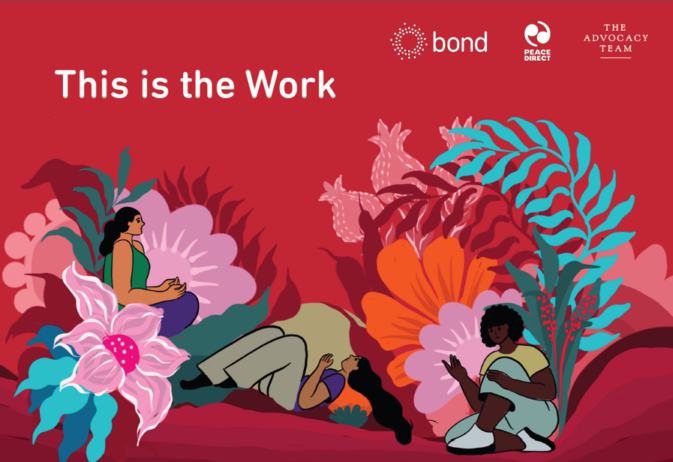How to use YouTube to promote your NGO
Video is highly effective for engaging with people online, and with 1.5 billion monthly users YouTube is by far the biggest video community on the internet.
The platform is a huge opportunity for the charity sector to reach audiences, particularly with the development of its non-profit programme. A successful video can boost public awareness of a cause and provide fundraising opportunities (remember #IceBucketChallenge?). But with over 300 hours of video uploaded every minute, how can charities make their content stand out?
How are charities using YouTube?
Charities generally use two types of video: 30 second “persuasive” videos and 1-2 minutes of more informative content. These are tailored to audiences by being sorted into playlists that span countries, causes, sponsorship, and explanations.
Storytelling forms a large part of charity presence on YouTube. A heart-warming story, such as Oxfam’s toilet video, shows how your charity has made a difference, while a punchy, emotive story, like Save the Children’s “A second a day”, can highlight injustice. A small number of videos, such as War Child’s “Duty of Care” video, use virtual reality to create a first-hand experience which can be extremely effective, albeit costly.
Increasingly, charities are also using staff and guest stars – as in WaterAid’s “Made of the same stuff” campaign – to produce regular features or one-off content. Storytelling videos are easily shared on social media and help increase awareness of charities’ brand or the issues they work on.
Campaign videos encourage viewers to interact both in and outside of the platform, encouraging conversation, petition signatures, or letter writing. Plan International created a video to connect the donor and the cause they support. Less commonly, charities can source donations, though this only tends to be during emergency appeals.
Subscribe to our newsletter
Our weekly email newsletter, Network News, is an indispensable weekly digest of the latest updates on funding, jobs, resources, news and learning opportunities in the international development sector.
Get Network NewsVideos can be also be an effective way to share information, either as regular features or as explanations of the charity, programmes or concepts, like Tearfund’s “What is Poverty?” video.
Recommendations to get more out of YouTube
YouTube’s non-profit programme: this one’s a no-brainer – sign up here.
Editing: Invest in the right software and skills for video editing. Videos don’t need to be exceptionally shot (though good quality sound is crucial), but professional-looking post-production can make a big difference.
Intro video: Make sure that your lead video is compelling – it’s often the first thing people see on your channel. Consider creating a trailer or using a storytelling video that encapsulates your work.
Titles: Spend plenty of time on this – no one will click on something with a boring title!
Don’t be put off by quality: it is not about the quality or resources you have, but the story you are telling.
Additional features: Your video’s description should be detailed and include keywords and links – it’s an opportunity to point people to other content you want them to consume. Next, make use of features like End Screens and Cards to drive traffic around your channel or point to your website.
Subtitles and Transcripts: Ensure that you add subtitles and transcripts to your videos. They may take a bit more time than end screens, but they make your channel more accessible and enhance SEO.
Backstage: Keywords and SEO are vital to maximise the reach of your content. Keep an eye on emerging trends, as well as keywords that are historically popular (300+ searches per month).
Integrate: Embed videos into other digital platforms, such as Facebook and websites. Don’t let YouTube become a dumping ground for videos.
Get the stats: Sync your YouTube channel to Google analytics. This will help you tailor your videos to your audience, as you explore what works well for them on YouTube.
Strategise: Once you’ve uploaded existing video content, discuss in your team any gaps or opportunities. Make sure that along the way, you review the shape of your audience, and adjust best practice accordingly, to ensure consistency across your channel.
Get involved: Subscribe to relevant partners.
Create conversation: Shareable videos need to be relatable, topical and valuable. If you follow these guidelines, you should be producing content that introduces new ideas and invites audiences to react.
Sustainability: Think long-term. Having a video go viral may be useful in the short-term, but the real goal should be sustained engagement by creating an effective platform for conversation.
Category
News & viewsThemes
Communications



